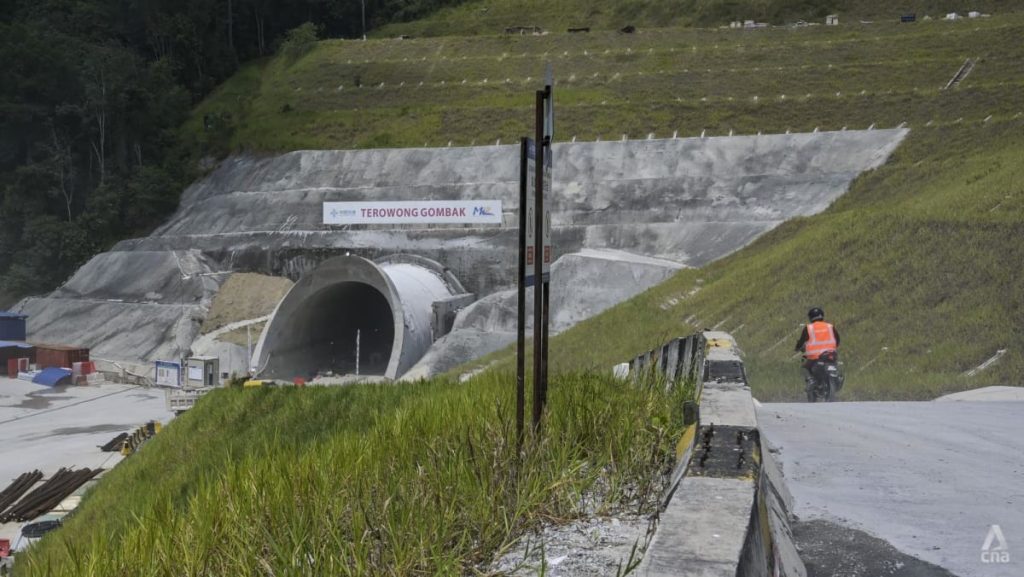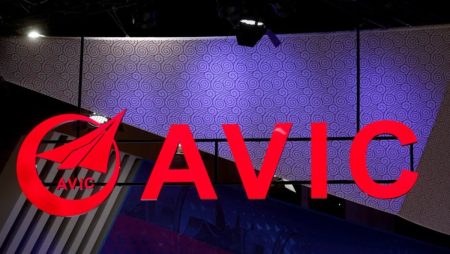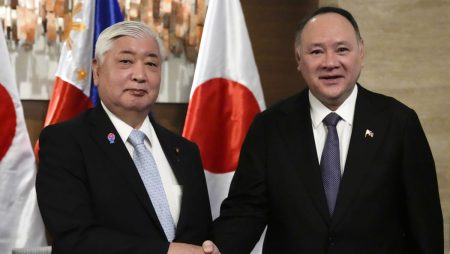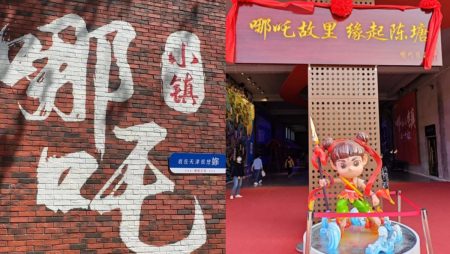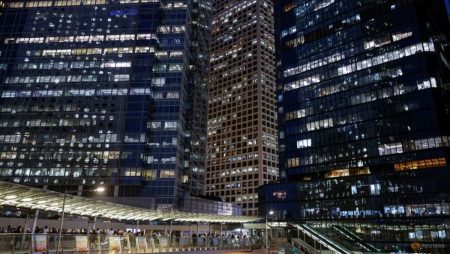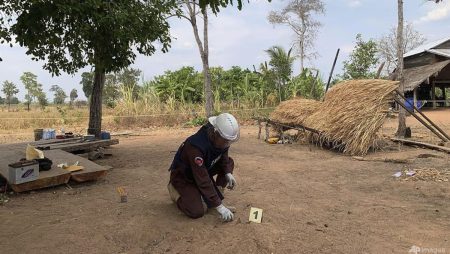The East Coast Rail Link (ECRL), a major infrastructure project in Malaysia, has been plagued by fluctuating costs and political controversies since its inception. Initially announced in 2016 by then-Prime Minister Najib Razak, the project’s estimated cost was RM55 billion. However, this figure was subsequently revised to RM65.5 billion the following year, raising concerns about potential cost inflation. These concerns were further fueled by allegations that the inflated costs were linked to dealings with Chinese state-owned companies, purportedly involved in offsetting debts of the troubled sovereign wealth fund 1MDB. This initial phase of the ECRL saga set the stage for a series of revisions, renegotiations, and political maneuvering that would continue to shape the project for years to come.
The 2018 general election brought a change in government, with the Pakatan Harapan (PH) coalition, led by Mahathir Mohamad, taking power. Determined to curb government spending, the new administration initially planned to cancel the ECRL altogether. However, faced with a potentially crippling termination fee of RM21.78 billion, the PH government opted to renegotiate the agreement in 2019. This renegotiation resulted in a revised cost of RM44 billion and a realignment of the rail route. While the exact figures for the reduced loan amount, interest rates, and fees were not disclosed, Mahathir emphasized that these aspects of the deal had also been improved. The realignment, however, sparked further political debate, with accusations that the new route, passing through Negeri Sembilan, favored the then-Transport Minister Anthony Loke’s constituency. This decision highlighted how the ECRL became intertwined with political interests, adding another layer of complexity to the project.
The political landscape shifted again in 2020 with the formation of the Perikatan Nasional government, which included Najib Razak’s Barisan Nasional (BN) coalition. This new administration reverted the ECRL route largely back to its original plan and revised the cost estimate to RM50 billion. The political wrangling continued, with criticisms levied against the chosen alignment, which traversed several parliamentary constituencies that had been historically difficult for BN component parties to win. This further politicization of the project underscored the ongoing tension between economic development goals and political maneuvering. The ECRL, intended to boost connectivity and economic growth, became a symbol of political contestation and fluctuating priorities.
Yet another twist in the ECRL saga came with the ascension of Anwar Ibrahim to the premiership in 2022. In December of that year, Anwar announced that his administration would proceed with the project, but at a “reduced” cost of almost RM75 billion. This revelation was accompanied by the disclosure that the original cost approved in 2016 was, in fact, closer to RM86 billion. This significantly higher initial cost further fueled the debate surrounding the project’s financial management and transparency. The RM75 billion figure included RM50.27 billion for construction and an additional RM24.69 billion for associated costs, such as interest during construction and land acquisition. Anwar’s justification for proceeding with the project at this cost emphasized the need to avoid further delays and complications arising from altering existing agreements.
The ECRL project’s journey from its initial announcement to its current status has been marked by a series of cost revisions, political interventions, and shifting priorities. The initial estimate of RM55 billion ballooned to RM65.5 billion, was then renegotiated down to RM44 billion, subsequently revised to RM50 billion, and ultimately landed at nearly RM75 billion, with the revelation that the original approved cost was close to RM86 billion. This volatility in cost projections raises serious questions about the project’s financial planning and oversight. The repeated changes in route alignments, influenced by political considerations, further complicate the narrative and cast doubt on the project’s overall strategic direction.
The ECRL case serves as a stark example of how large-scale infrastructure projects can become entangled in political maneuvering and subject to fluctuating economic priorities. The project’s protracted development timeline, coupled with the controversies surrounding its cost and alignment, underscores the challenges of balancing development goals with political realities. The ECRL, meant to be a symbol of progress and connectivity, has instead become a focal point for political debate and a testament to the complexities of infrastructure development in a dynamic political environment. The future of the ECRL, while seemingly secured under the current administration, remains shadowed by its turbulent past and the ongoing scrutiny of its financial viability and strategic effectiveness.




